The U.S. Patent and Trademark Office on Tuesday issued Apple a patent for a smart travel route creation system that relies on real-time crowd-sourced stop sign and stop light-based traffic analysis to find the fastest path to a destination.
According to Apple's U.S. Patent No. 8,793,062 for "Routing based on detected stops," the system collects and analyzes traffic data from mobile devices like iPhones to determine the location and operating pattern of stop signs and stop lights. The information, which is more accurate than conventional traffic monitoring methods, can then be used to create faster routes and even for departure time suggestions.
 Source: USPTO
Source: USPTOIn some embodiments, the invention relies on an iPhone's GPS module to determine when a user is likely in a moving vehicle. Correlating the GPS positioning data with information from the onboard accelerometer and system clock, the device is able to determine the location and time spent at stop signs and stop lights. The data package is sent to an offsite server in real-time or near real-time for pattern analysis.
For example, multiple iPhones send traffic information up to the server, which correlates the stop sign/stop light data based on location and time to find congested areas. Users' devices may also save collected traffic data for upload at a later time, while the server keeps track of a location's history.
To determine whether a vehicle is stopped at a stop sign or stop light, the system analyzes movement as a function of time. For example, a series of short stops followed by short movements and ending with a considerably long-distance movement of would describe the "stop-and-go" pattern experienced at a stop sign.
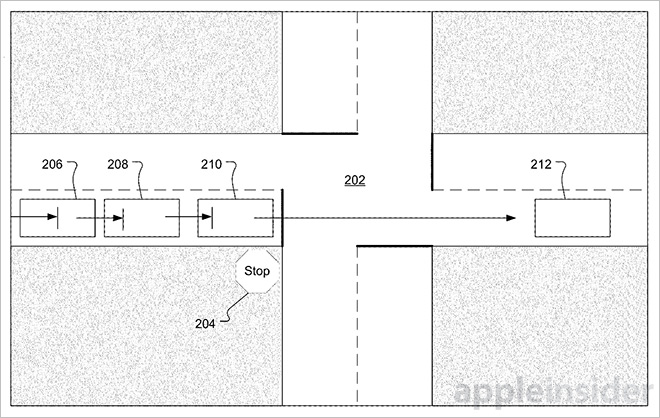
Alternatively, the location and pattern of a stop light may be determined by lumping together data from multiple vehicles that stop in close proximity to a known intersection for a long duration of time, then move through the intersection all at once. This embodiment also allows for analysis and tracking of stop light patterns, which can help in creating an effective navigation route.
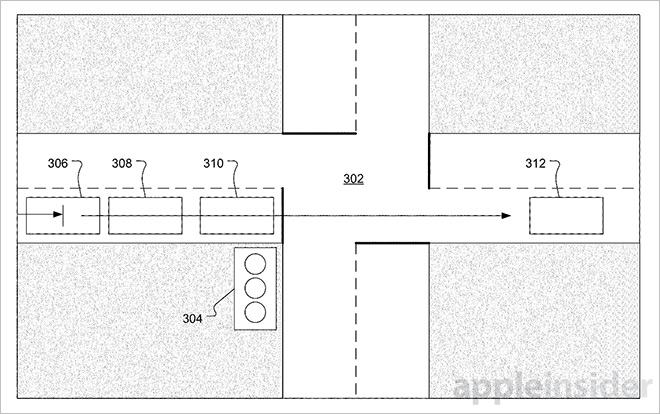
After aggregation and processing, collected stop sign/stop light information can be pushed to a device or devices running a navigation app, like Apple's Maps. Stop signs, stop lights, accidents and other points of interest can be displayed graphically on a map, each being selectable for retrieving historical site data and other information.
In some embodiments, the data is also used to inform users of expected or real-time delays. Much like the current Maps app implementation of live traffic overlays for select roads and highways, the patented system shows a particular stop light as green, yellow or red depending on historical and real-time delay information. Users can also check an intersection's performance by time of day, allowing for informed departure times.
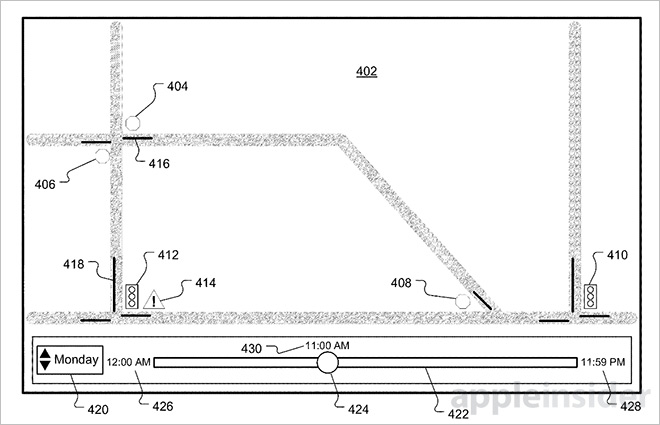
On that point, Apple's solution is also able to suggest departure times for a given route by calculating the number and effects of stop signs/stop lights along the way. Armed with adequate data, the server can predict distance, speed and stop sign/stop light delays a user is likely to encounter based on a specified departure time. According to the document, a driver may experience a continuous or near-continuous drive to the destination location when using the invention.
The remainder of Apple's patent describes secondary features like accident and stop light malfunction recognition, as well as a more detailed description of the time and movement thresholds required for accurate stop sign/stop light recognition.
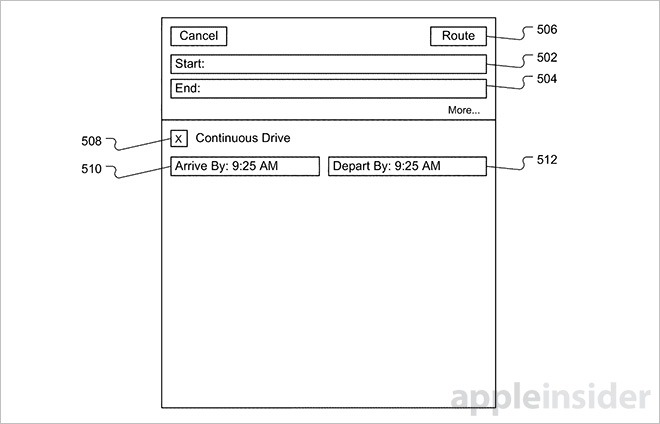
It is unclear if Apple intends to apply the technology to its Maps app in the future, though initial betas of the upcoming iOS 8 do not support such granular traffic pattern analysis. Existing solutions similar to Apple's patent include popular crowd-sourced mapping and navigation app Waze, which was purchased by Google in 2013.
Apple's stop light/stop sign-based traffic analysis and routing patent was first filed for in 2012 and credits Jorge S. Fino as its inventor.
 Mikey Campbell
Mikey Campbell

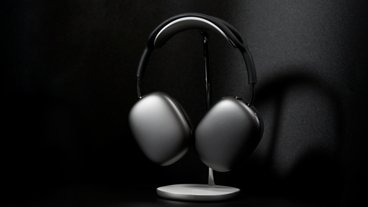

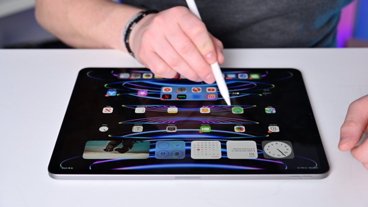



-m.jpg)





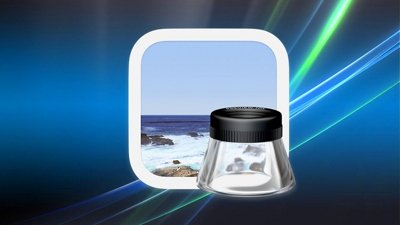
 Chip Loder
Chip Loder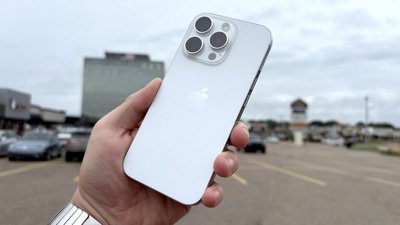
 William Gallagher
William Gallagher
 Wesley Hilliard
Wesley Hilliard
 Malcolm Owen
Malcolm Owen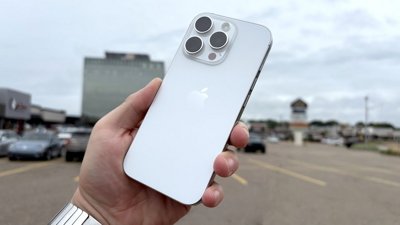
 Mike Wuerthele
Mike Wuerthele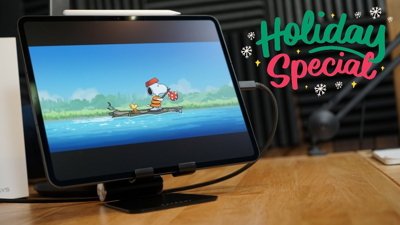
 Christine McKee
Christine McKee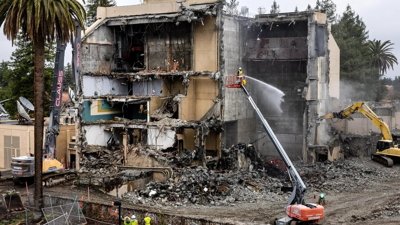

 Sponsored Content
Sponsored Content







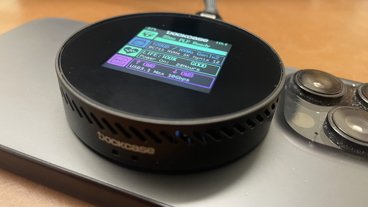

38 Comments
I'd like to know how fast to drive between lights to always hit green. Would save gas, save brakes, get you there as quickly, and be a more pleasant experience for the lack of constant acceleration and deceleration. I know slow driving to get a green can be an inconvenience to those behind you who are going to turn at the next intersection instead of drive through, for example. But surely this is a solvable problem. This could actually being self driving cars one step closer to reality, as well as a smart traffic grid.
I hope this doesn't mean that Apple will be suing to try to remove these features from Google Maps. I would hate to lose something I've been using for so long and have grown to love using. However, if they're just doing this their own way in order to give Apple Maps access to this technology then more power to them. It's extremely useful and helpful information to have when using a navigation program. Those of you who only use Apple Maps will really benefit from this.
[quote name="Shogun" url="/t/181602/apple-patents-smart-navigation-routing-with-crowd-sourced-stop-light-pattern-recognition#post_2570585"]I'd like to know how fast to drive between lights to always hit green. Would save gas, save brakes, get you there as quickly, and be a more pleasant experience for the lack of constant acceleration and deceleration. I know slow driving to get a green can be an inconvenience to those behind you who are going to turn at the next intersection instead of drive through, for example. But surely this is a solvable problem. This could actually being self driving cars one step closer to reality, as well as a smart traffic grid.[/quote] This ... or an App that changes the lights for you ;)
[quote name="Shogun" url="/t/181602/apple-patents-smart-navigation-routing-with-crowd-sourced-stop-light-pattern-recognition#post_2570585"]I'd like to know how fast to drive between lights to always hit green. Would save gas, save brakes, get you there as quickly, and be a more pleasant experience for the lack of constant acceleration and deceleration. I know slow driving to get a green can be an inconvenience to those behind you who are going to turn at the next intersection instead of drive through, for example. [/quote] I would also like to know how much to increase or decrease my current speed so that the next light I encounter is green - but I want it to give me both options based on my current speed. If I'm doing 75 in a 60, it would be useless to be told to drive 56 in order to hit the next light green. I'd like it to find the 2 closest speeds to my actual speed - so for example 71 or 82 might both be speeds that get me to a green depending how far away from the next light I am. Another feature that MotionX has had for a while which I'd love to see added to Apple Maps is the display of the speed limit, my current speed AND the ability to set alerts if I exceed the speed limit by a configurable amount. And one more no-brainer improvement would be to have the Maps app automatically switch to the appropriate units (miles/kms) based on my location. (ie: driving across the Canada/US border). It's a pain to do this while driving.
I'd like to know how fast to drive between lights to always hit green. Would save gas, save brakes, get you there as quickly, and be a more pleasant experience for the lack of constant acceleration and deceleration.
I know slow driving to get a green can be an inconvenience to those behind you who are going to turn at the next intersection instead of drive through, for example. But surely this is a solvable problem.
The town I grew up in has a loop that (mostly) encircles the city, but is littered with debilitating stoplights and parallel service roads. In the late 70s or perhaps early 80s (dating myself here), they installed just such a system as you describe, with electronic signage every 1/4-mile indicating the best speed to make all the lights. It seemed fairly precise, because it didn't round up or down to the nearest "0" or "5" mph.
Usually the speed was noticeably slower than average, which led to driver impatience, and the system being generally disregarded.
On top of that, you have inaccuracies in each driver's speedometer (Car and Driver surveyed this once - most speedometers report a slightly faster speed than actual, even BMWs).
The system was removed after a year or so.